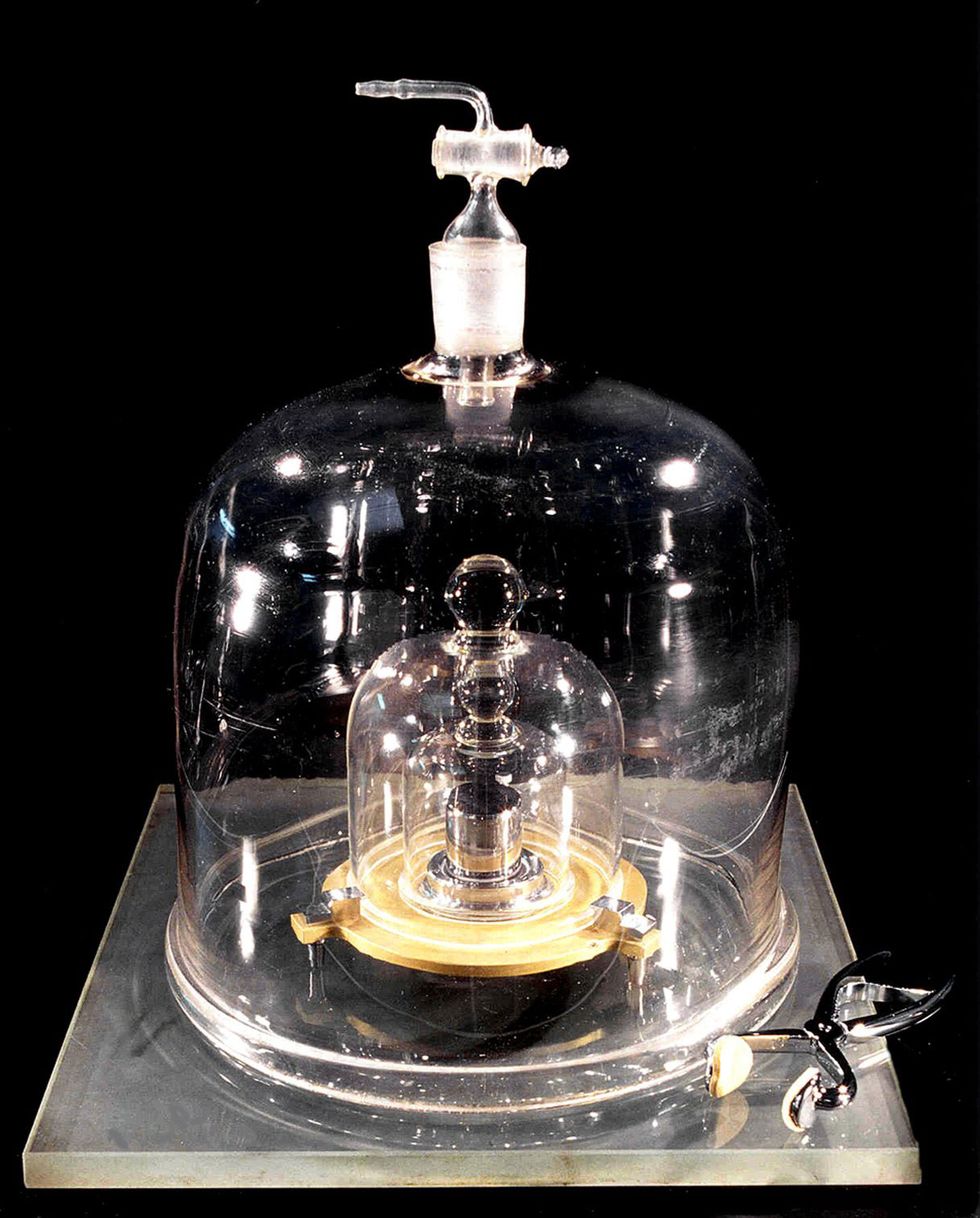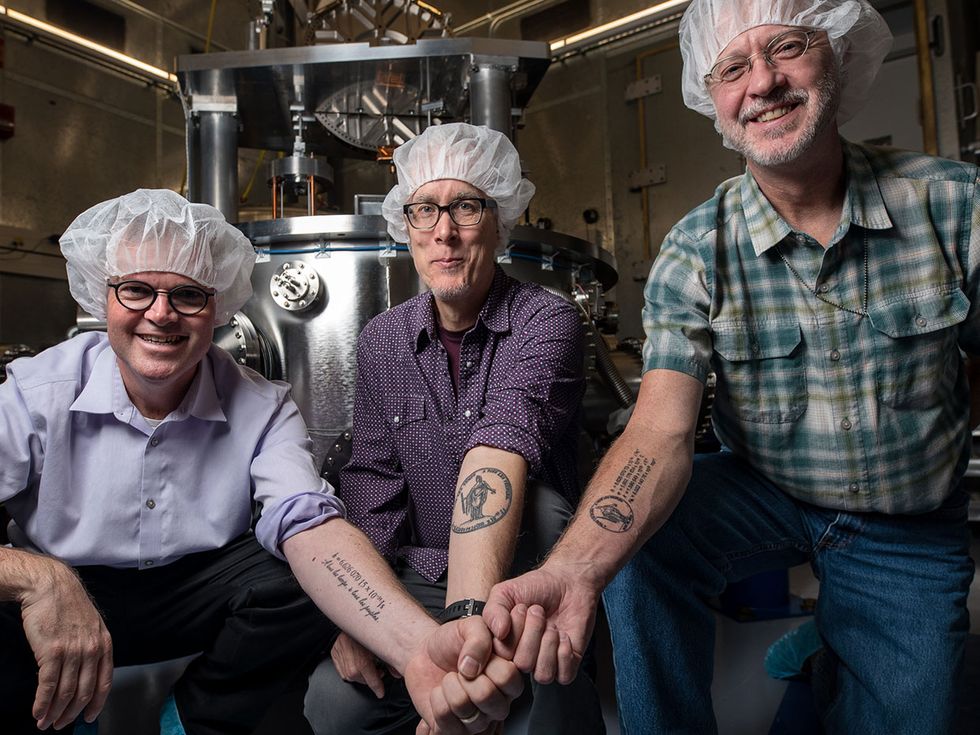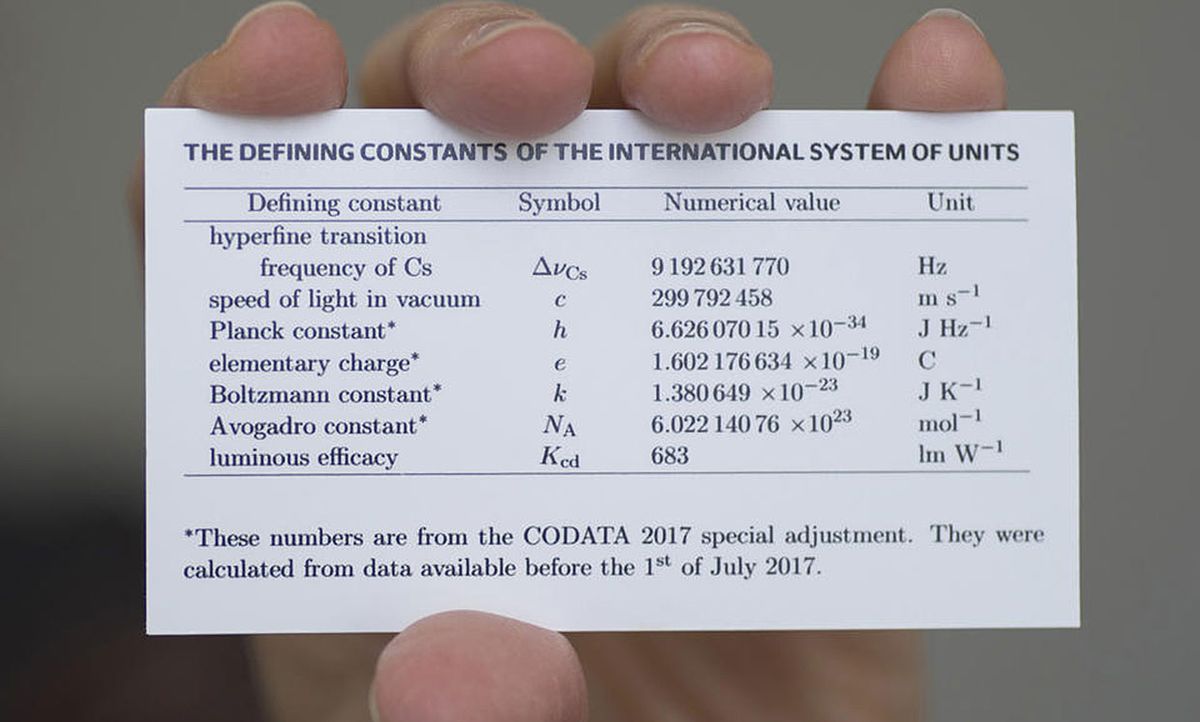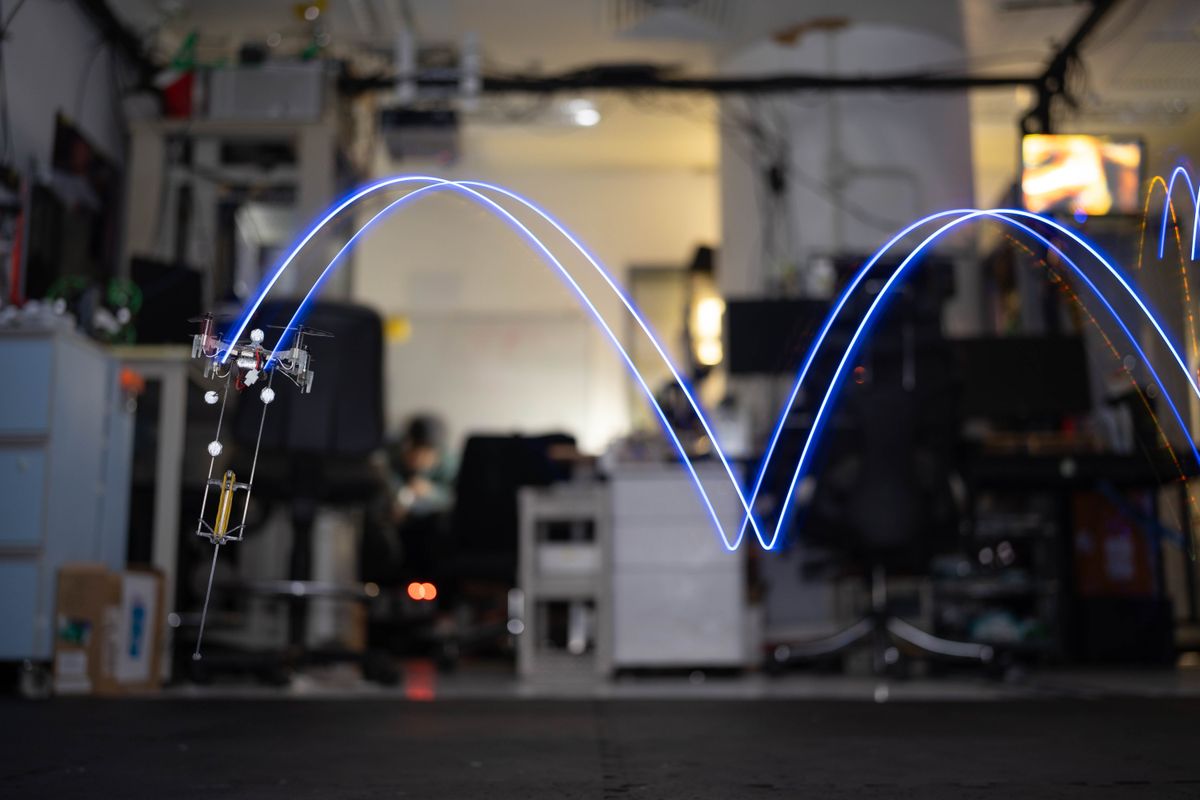Our standards of measurement seem, well, standard. A meter is a meter. A second is a second. The units by which we measure our world simply are—they feel as immutable as an ocean wave.
But these longtime standards are set to change. A governing body unanimously voted Friday for the biggest ever overhaul of the international system of units (SI), which will redefine four base units: the ampere, kelvin, kilogram, and mole.
“It’s a moment of quite major significance in our obsessive little world of metrology,” says Jon Pratt, chief of the National Institute of Standards and Technology (NIST)’s Quantum Measurement Division of the Physical Measurement Laboratory, who managed a team that has worked for eight years on equipment and projects related to the SI unit overhaul.
“We’re achieving the completion of an arc that started when the French were first thinking up the metric system,” Pratt adds. “They were striving for a universal measurement system. And now we are basing units on the fabric of the universe.”
The vote of the International Bureau of Weights and Measures (BIPM, based on the group’s French initials) at a Versailles conference was an inevitability, the culmination of decades of discussion and debate. Pratt credits “a complex mix of metrology funding and the progress of science”—namely, agreement on the measurement of Planck’s constant—for finally making the vote, and the redefinition, a reality. More than 50 BIPM member-states voted for the redefinitions.
The overhauled system, which will take effect in May 2019, links every unit to a fixed figure: a fundamental constant in nature. And many of the units’ definitions will reference one another.
As BIPM put it in a statement [PDF] before the vote, “for the first time, all the definitions will be separate from their realizations: instead of definitions becoming outdated as we find better ways to realize units, definitions will remain constant and future-proof.”

Perhaps the biggest—and certainly the buzziest—change is to the kilogram, the last base unit to be defined by a physical artifact. The International Prototype Kilogram, or Le Grand Kas it is affectionately known, is a cylinder made of platinum and iridium, housed in a trio of bell jars in Paris and held under lock and key. It’s taken out only to measure against official replicas of the kilogram, in an intensely careful process.
In a keynote speech Friday ahead of the vote, Nobel laureate Bill Phillips of NIST’s Gaithersburg, Md., group highlighted the limitations of this setup as he held up a kilogram replica to the assembled crowd.
“If this were the real kilogram that I were holding in my hands, the fingerprints I put on this kilogram would increase the mass,” Phillips said. “But of course it can’t increase the mass, because by definition this is a kilogram. So you would all lose weight!”
With the revamp, the kilogram will now be defined in terms of the Planck constant—which itself will be given a fixed numerical value—and can then be realized by methods like the Kibble (watt) balance or the Avogadro constant.
Perhaps the most notable change for EEs is that of the ampere. The amp, currently defined as the magnetic force between two infinitely long wires at a certain distance apart that carry the same charge, will now be defined in terms of the elementary charge. But BIPM noted in a statement [PDF] that “for the vast majority of measurement users, no action need be taken as the volt will change by about 0.1 parts per million and the ohm will change by even less.”
To measure temperature, the redefined kelvin will depend on the Boltzmann constant, and the mole will be defined in terms of the Avogadro constant.
Outside of the “obsessive little world of metrology,” as NIST’s Pratt put it, on a practical level these SI unit changes may seem minor. But as BIPM notes, “for the first time in history, [we will] base the whole of the international system of measurement on invariant constants of nature, ensuring its long-term stability and providing universal access to the SI base units.”
Pratt sees that last point as the most important. The redefinitions will serve to “democratize the system,” he says. “Now for the first time in the history of this endeavor, anyone can theoretically create their own primary reference of mass. It takes a lot of know-how, like knowing quantum electrical standards, but in principle anyone can make it.”

When Pratt and his team began working eight years ago, he and two NIST team members made a pact: If they could help get this SI unit overhaul done, they would get tattoos to mark the achievement. An excited Pratt got inked this time last year, while David Newell and Stephan Schlamminger waited until the past month to do the same.
Each tattoo includes the slogan of the metric system, which harks back to Pratt’s passion for democratization: A tous les temps, a tous les peuples. For all times, for all peoples.
Julianne Pepitone is a freelance journalist who reports via text, video, and television. She spent years on staff at CNN Business and then at NBC News, covering consumer tech, cybersecurity, and business. Now a freelancer, she works with an eclectic roster of clients. Beyond Spectrum, CNN, and NBC, her bylines can also be found at HGTV Magazine, Memorial Sloan Kettering, NYMag.com, Glassdoor, Popular Mechanics, Cosmopolitan, Town & Country, Thrillist, MagnifyMoney, The Village Voice, and more.



